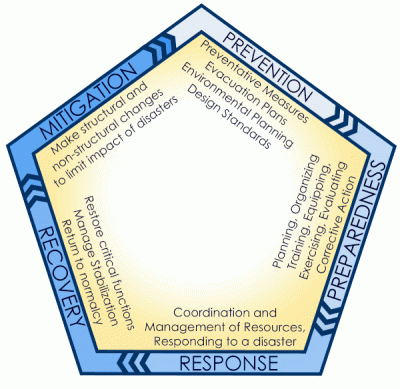-
Our Government
-
- Board of Commissioners Agendas and Minutes Meeting Calendar Departments Assessment & Tax Clerk/Elections County Administration District Attorney Emergency Management Fair Office Finance Human Resources Justice Court
- Departments Juvenile Department Parks Planning Public Health Public Transit - The Loop Public Works Sheriff's Office Surveyor Treasurer Veterans Services Boards and Commissions Airport Advisory Committee Board of Property Tax Appeals Budget Committee Compensation Board
- Boards and Commissions Equity Fund Committee Fair Board Forestland Classification Committee Parks Committee Planning Commission Road Committee Solid Waste Advisory Committee The Loop Advisory Committee Wolf Depredation Advisory Committee Enterprise Zones Enterprise Zones
-
- Roads & Land
-
Public Safety
-
- Sheriff's Office Sheriff John A Bowles Undersheriff Brian L Snyder Concealed Handgun Licenses Appointments Emergency Management Training Emergency Notifications Everbridge Contact Us!
- Sheriff's Department Divisions Communication Division Communications Center (911) Jail/Prisoners Administration Division Civil Unit Records Corrections Division Parole and Probation Community Service Work
- Operations Division Uniformed Patrol Criminal Investigations School Resource Officer Search and Rescue Court Security Marine Patrol Reserve Deputy OHV Park Justice Court Juvenile Department
-
- Health & Family
-
I Want To...
-
- Apply for a Job Alerts and Notifications Email Subscriptions Events and Meetings Agendas and Minutes Calendar Services Directory
- Contact the County Submit a Request or Concern County Offices Staff Directory County Ordinances Documents and Forms Documents and Reports Forms and Applications Budget Documents
- In the News County News Ride a Bus Find out about... Equity Fund Loan Program View Election Results View Maps
- Public Records Requests
-
5 Phases of Emergency Management
Prevention, mitigation, preparedness, response, and recovery are the five steps of Emergency Management.
Prevention
Actions that are taken to avoid an incident. Stopping an incident from occurring. Deterrence operations and surveillance.
Mitigation
Refers to measures that prevent an emergency, reduce the chance of an emergency happening, or reduce the damaging effects of unavoidable emergencies. Typical mitigation measures include establishing building codes and zoning requirements, installing shutters, and constructing barriers such as levees.
Preparedness
Activities increase a community's ability to respond when a disaster occurs. Typical preparedness measures include developing mutual aid agreements and memorandums of understanding, training for both response personnel and concerned citizens, conducting disaster exercises to reinforce training and test capabilities, and presenting all-hazards education campaigns.
Response
Actions that are carried out immediately before, during, and immediately after a hazard impact, which are aimed at saving lives, reducing economic losses, and alleviating suffering. Response actions may include activating the emergency operations center, evacuating threatened populations, opening shelters and providing mass care, emergency rescue and medical care, fire fighting, and urban search and rescue.
Recovery
Actions that are taken to return a community to normal or near-normal conditions, including the restoration of basic services and the repair of physical, social, and economic damages. Typical recovery actions include debris cleanup, financial assistance to individuals and governments, rebuilding of roads and bridges and key facilities, and sustained mass care for displaced human and animal populations.

